Artist Interviews 2022
Craig Mann 
By Laura Siebold
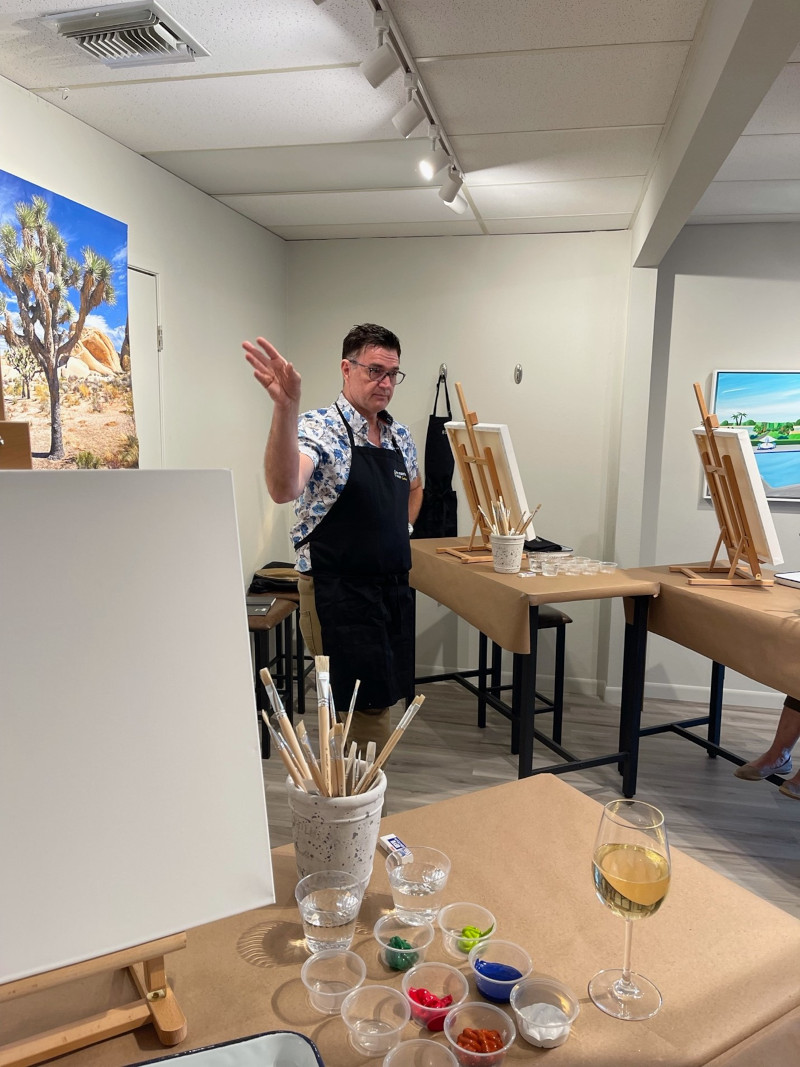
Craig Mann’s gallery “Mr Mann’s Design” in Palm Springs, CA is bursting with colorful artwork. Identifying himself as both an artist and a designer, Craig Mann has perfected his diverse style and uses his broad experience to create art and design pieces that resonate with his viewers and clients. Mann defines his signature style as a “bold use of color, and relatability”, interpreted in diverse ways in his art and design work.
In his interview, Mann reveals his sources of inspiration, the importance of creating outside one’s own comfort zone, and gives a detailed account of the process of creating a painting. Craig Mann is based in Palm Springs, California where he teaches art experiences to interested participants out of his studio, thereby making art ‘approachable, accessible, attainable’ .
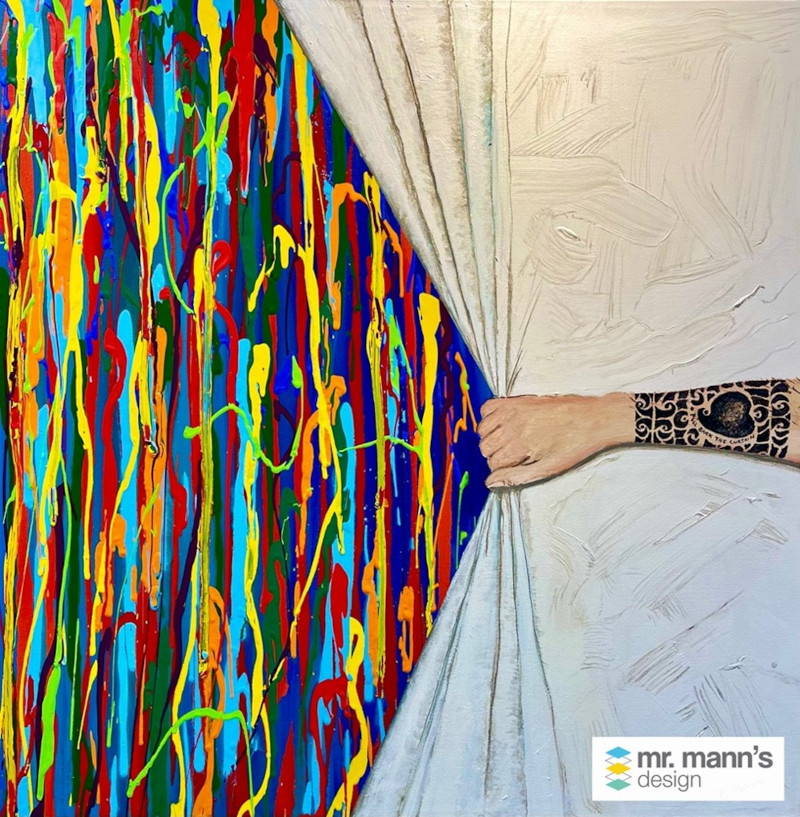
What do you love most about open gallery studio events?
The people! It’s so great to meet new people coming to the gallery and having a conversation about the art. So much of art is deeply personal, and I think people get a better appreciation of the piece after talking to them about the inspiration for each piece. For the Desert Open Studios weekend, we got to meet and talk about art from people who may not have known about the gallery, since we have only been in that location about a year. We got lucky because I accidentally gave the wrong address for the attendee map, but people still found us anyway. I’m glad I got those balloons!
For those who attend our events, there is usually much discussion over one signature piece. For example, ‘Pull Back the Curtain’ was a risky piece because it was very much outside my comfort zone. It represents exposing the meaning beneath through exploration and discovery. In my mind, it’s about love (notice the tattoo of the heart and what it says). Other people have also interpreted it in different ways such as letting go of grief or grievance to allow joy to burst through. It was by far one of the most talked about pieces in the ‘Color Burst’ exhibit. One of the patrons thought about the meaning so much, she acquired it.
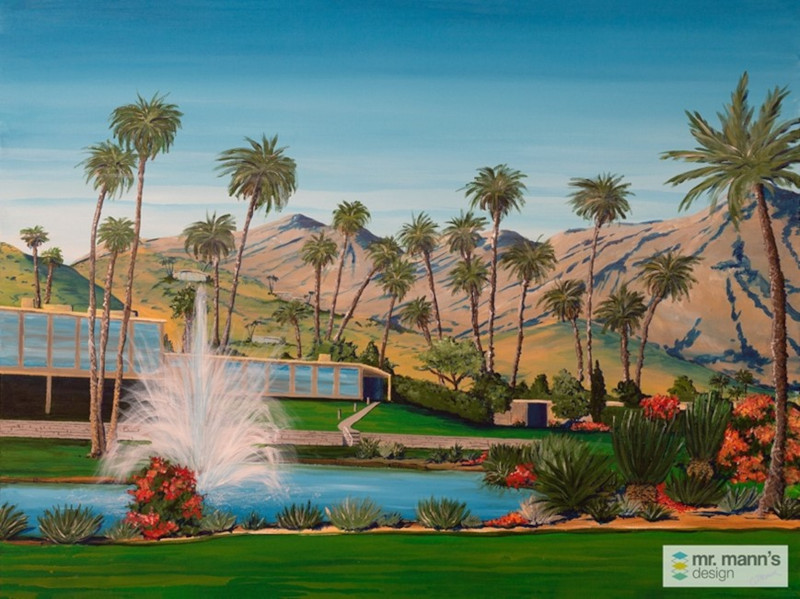
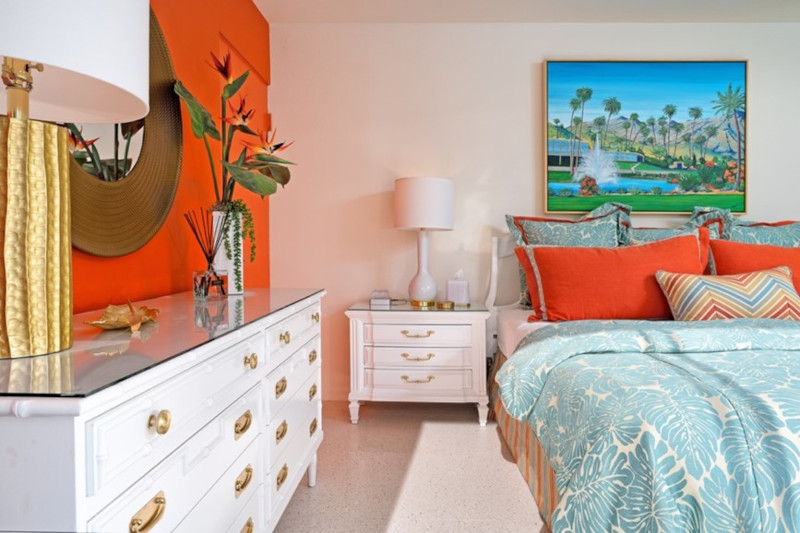
How do you feel about both art and design and where is the distinction you draw between the two creative outlets?
I approach both art and design from a similar perspective: a thoughtful expression which is not limited to a particular genre or style. For example, people who come into my gallery might say that there are many different artists on display due to the range of the art pieces, from abstract, to realism, to cubism, to impressionism, even to sculpture. I don’t necessarily have ‘periods’ or a stay within a particular genre at any time. It’s whatever I am inspired by at the time.
The approach is similar for interior design. I listen to the client’s needs, and try to create a ‘commissioned’ piece of design like a commissioned painting. I incorporate my broad range to fit into the client’s needs to create a bespoke and artisanal design that they can immerse themselves in.
In fact, the reason my interior design took off is because art patrons loved their acquisitions so much, they wanted an interior to complement the art piece. So, what started as a painting turned into an entire home filled with even more of my art!
I think there is so much for me to express, there isn’t a limit to what I am supposed to create whether art or interior design or both!
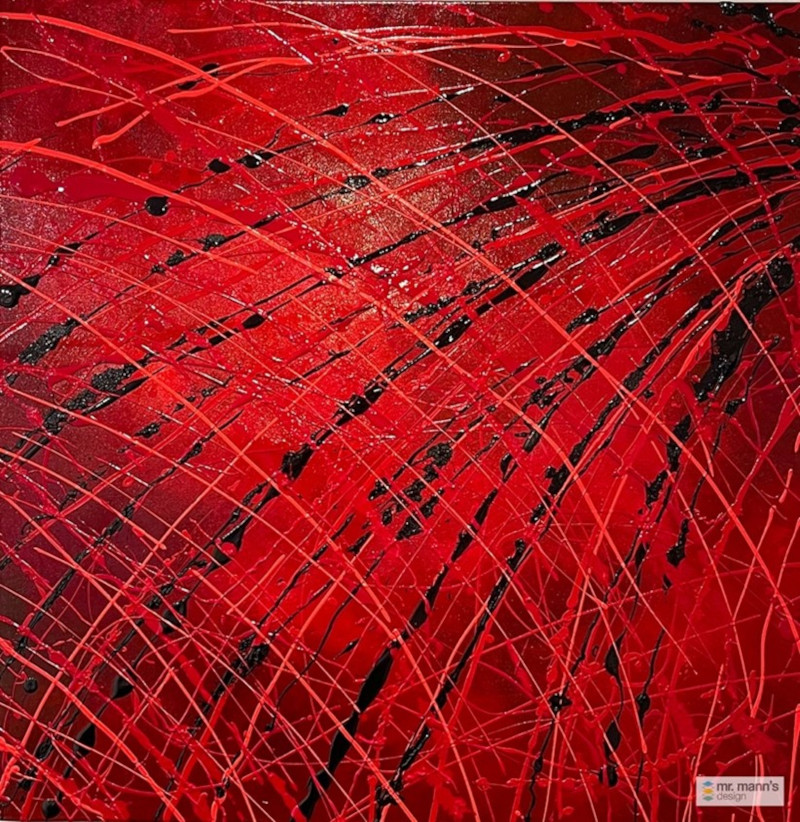
Do you express yourself differently in your profession as an artist than in the profession of an interior designer?
Interestingly, the interior design projects follow the art projects because the art patrons become interior design clients. So, the design projects are an extension of the paintings because the room is designed to complement the painting and vice versa. Like all commissioned pieces, for interior design, I listen carefully to what is important to the client. Because I have a broad range, I am able to draw from different influences to create a special creation for the client that will likely look different from any of my previous design work. This gives the client a very artisanal and bespoke design or art piece when it is all done.
For example, in my current project, my client loves the color red. She wanted a commissioned abstract piece that matches her energetic personality. I conceived ‘Firecracker’ which she loved, and now she wants her whole mid century modern condo done to match the painting and the style. It’s unlike anything I’ve done before, but getting to know her better, I think the finished project will soar. Imagine the Saarinen designed TWA Terminal in JFK with its bold red colors. I can’t wait to show it to you!

How would you characterize your style?
I don’t think I’m limited by one style. My paintings could be abstract, or impressionistic, or cubistic, or realistic. What they all have in common is a bold use of color, and relatability. In the gallery, I mix up the different styles, but connect them all to a central theme, such as ‘Color Burst’. Having said that I have a bold use of color, I did stretch outside a comfort zone to do the companion exhibit to ‘Color Burst’ called ‘Earth Bound’. The ‘Earth Bound’ paintings tended to be monochromatic browns and greens. There was even a sculpture as part of the exhibit.
I do like to take inspiration from my surroundings, which is why I think our patrons find the art so relatable. The desert may have the reputation of being a barren landscape, but it’s anything but. There’s so much color and life even in places where you think there wouldn’t. I’ve also been inspired by the architecture and design of mid-century modern Palm Springs. The clean lines and low profile buildings only enhance the surrounding mountains.
I think it’s important as an artist to continually challenge yourself to step out of a comfort zone, to take risks, and to be fully committed to the outcome. I don’t think there is anything wrong with painting in just one style. Some artists have found great success in doing so, and I applaud them. For me, my success is knowing I have been able to execute my own vision, unrestrained from convention or expectation.
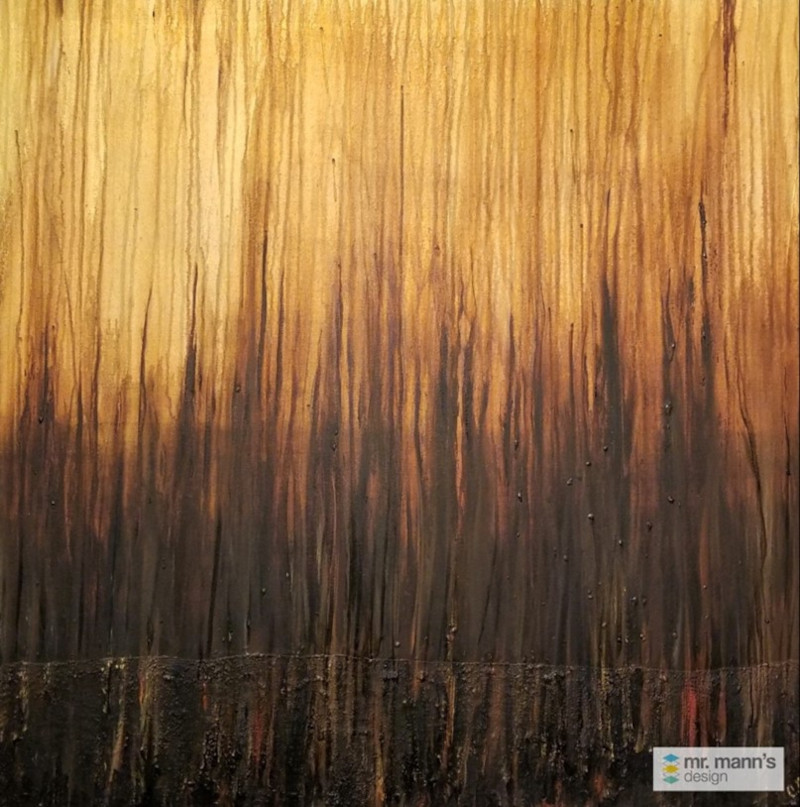
How do you choose colors and materials for your paintings?
I conceive of an outcome even before I start painting, so I need to execute my vision fairly quickly. I use acrylics because they dry quickly. Due to my use of color, I do have to layer the paint in several stages. I find if I overthink or second guess myself, the outcome is usually what I did not have planned, and then have to start over again.
As an interior designer, I must be aware of color and color combinations. I therefore use colors that will have an impact due to their contrast with another color. I’m also not afraid to use colors which might not traditionally match, but still draw attention.
My subject matter is relatable to where I live which is in Palm Springs, California. So, there are a lot of desert scenes, or mid-century modern scenes. I also do abstract pieces.
I usually paint on canvas. I have also started sculpting in clay. One interesting use of technology I have deployed is using a painting, and then colorizing it, which then creates a whole new painting and effect. For example, I colorized ‘Sculpture’ to create ‘Skyscraper’. They really do look like two different paintings, although based on one painting.
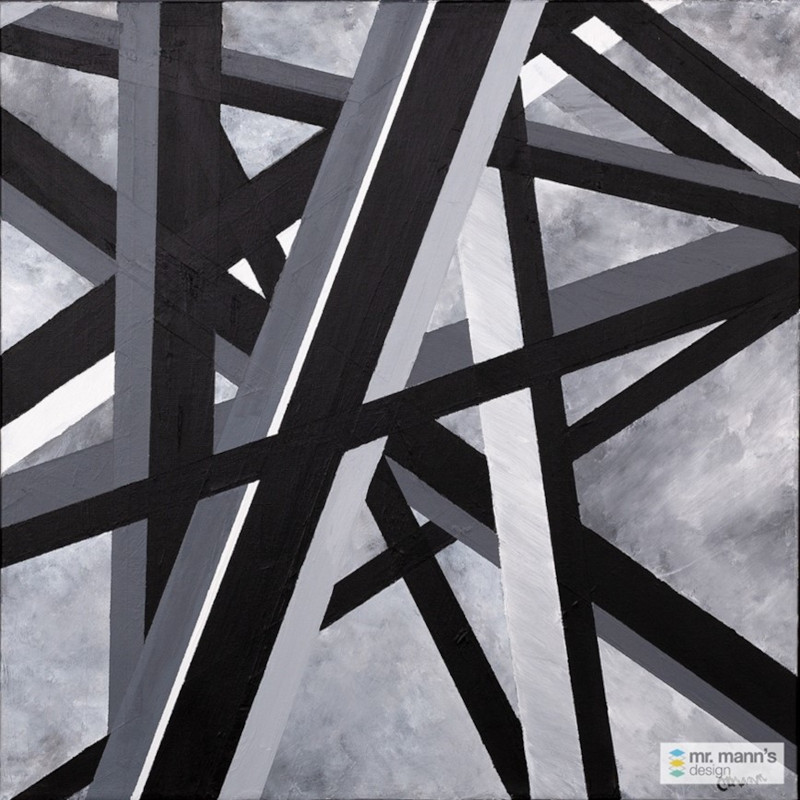
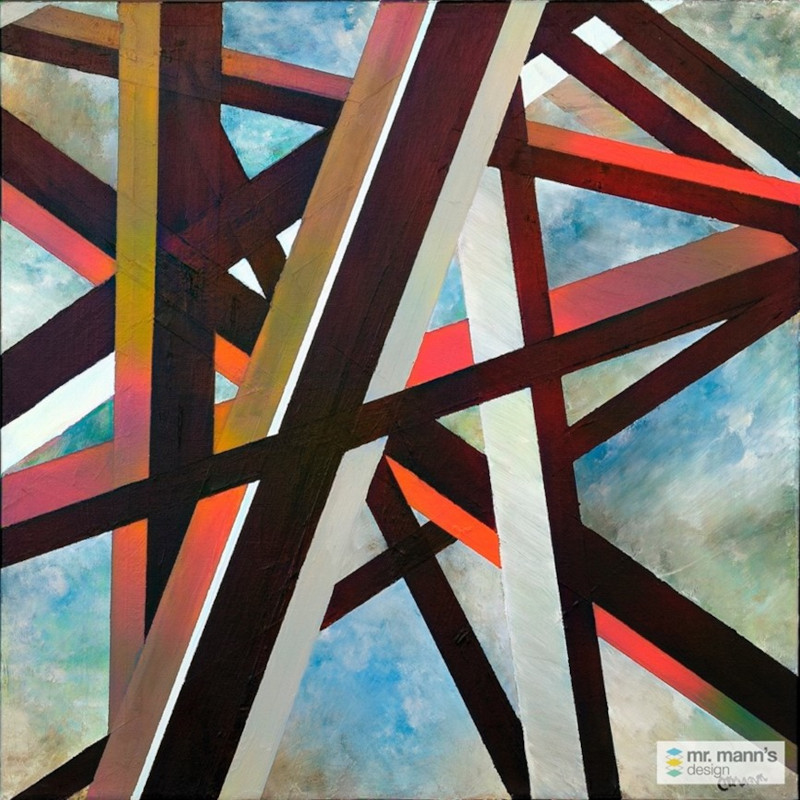
Can you describe the compete process of creating a painting?
The first step is to have a vision(s) of what I’d like to do. These visions can occur at any time, even in sleep. I find myself so excited that I must stop what I’m doing to write thoughts down. The next step is to have a quiet and tranquil space. Like many of us, I found myself isolated at home during the COVID pandemic. I used the opportunity of self-isolation to create my own safe and creative space. At first this was at my home, but as I started to sell more and more paintings, I needed to have a dedicated space for my art away from home. Plus, my spouse who is a physician needed the workspace at home for his own work. Luckily, we found a very reasonable 1200-square foot space in an industrial area which also had other art studios in it. Using my interior design space, I created a work studio, and office, a gallery, two galleries within a gallery, storage space, and a painter’s studio. Believe it or not, the space feels well-constructed and not cramped. Sometimes, because the opening exhibits have been so popular, we expand social spaces to the outside with tents to allow for a flow.
Once I have set up my canvas and easel, I put on some relaxing music, and start with a stroke and off I go! I sketch out a basic design I have in mind on the canvas and then I paint in layers to add depth to the colors, first with a base, then successive layers on top of it. I use acrylic, so the layers dry quickly, so I can proceed with the next layer. Once completed, I may put on a gloss or a transparent coating to give more depth to the painting.
I try to have my art professionally framed for presentation. I think by doing so, it adds a finished appearance. I try to keep the prices as affordable as I can because I think art should be enjoyed and acquired by all. As we like to say, ‘approachable, accessible, attainable’.
And we do commissioned pieces! An interesting development we have noticed is that some patrons want larger or smaller sizes of the original paintings. If we have permission from the original buyer, we do make reproductions based on a professional photograph of the painting which is printed on canvas and stretched and then framed.
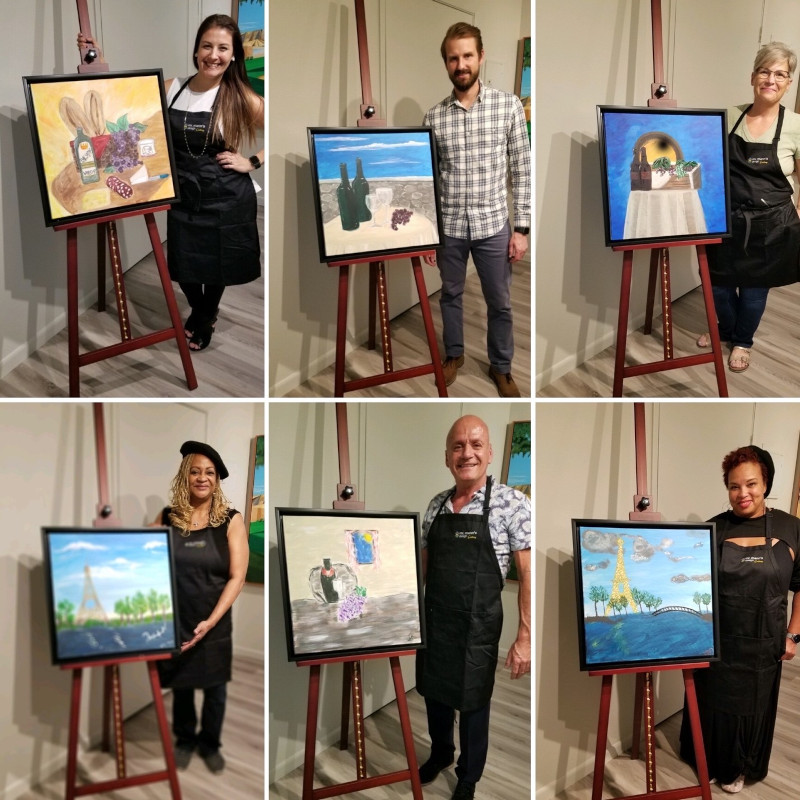
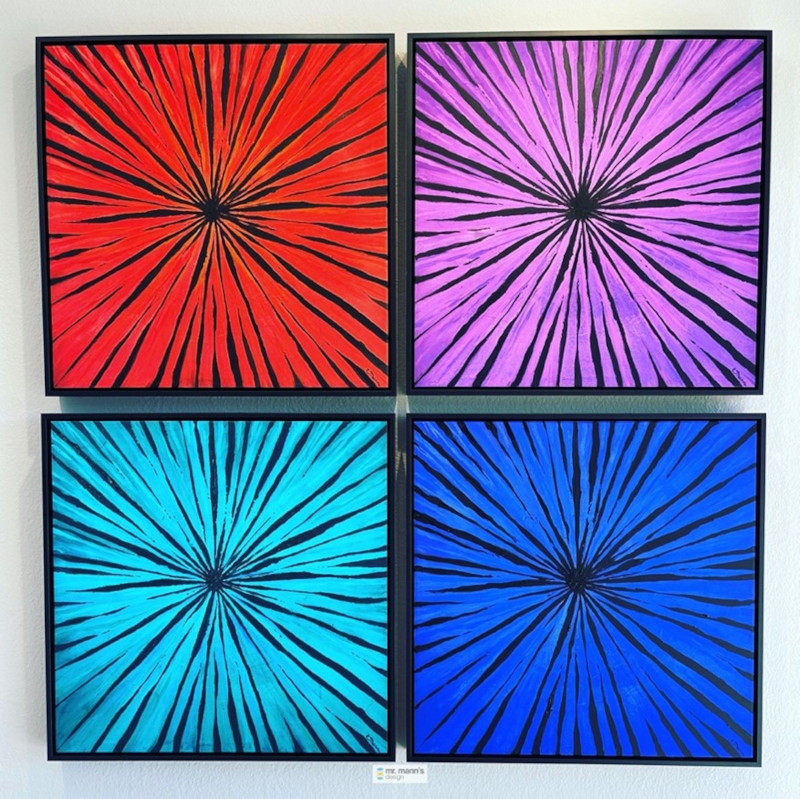
What is the role of the painter’s studio? What are classes intended for? What do you gain from them as an artist?
As my business partner (and spouse) and I say, make art ‘approachable, accessible, attainable’. From a young age, I helped my mother with her daycare business in Iowa. Even at a tween, I helped entertain and teach the kids basic things with arts and crafts. I love to teach and saw the painter’s studio as an extension of my art and my philosophy. I try to elevate the participants’ art experience by providing a nice environment with enhanced food and beverages, so they are relaxed before the experience starts. Then we move into the painting studio to draw a pre-determined piece. Since there are only six tables, I can personally instruct them on techniques, and composition, and color. Usually, the participants are novices and it’s incredible what they create on their own.
Our favorite participants are children and their parents because they are joyful and unconstrained by expectation.
I think I gain as much as they do. They allow me to teach myself in the process and show me perspectives I haven’t seen before. It also inspires me that others have been part of a creative process that has brought them laughter and thought for a short period of time.
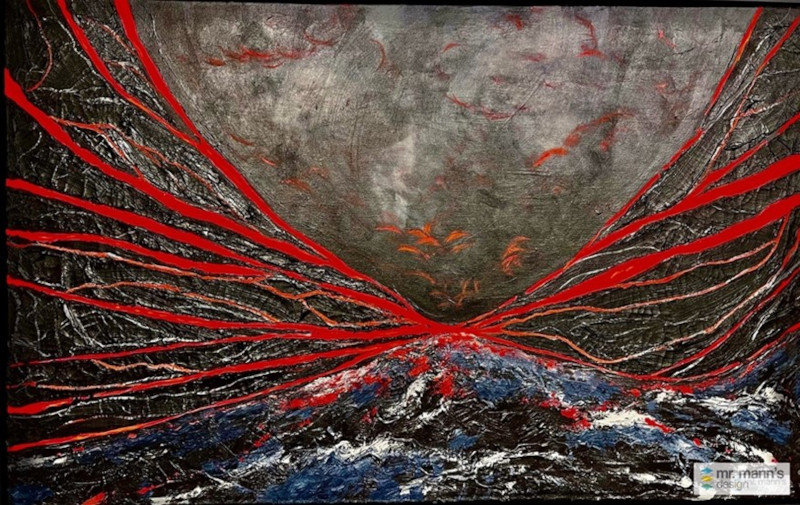
What is the intention behind the dual exhibit?
‘Color Burst’ and ‘Earth Bound’ were meant to be shown together to highlight growth and transition. They were meant to complement and compete with each other at the same time. Upon entering the gallery, the viewer is in the ‘Color Burst’ Exhibit which gradually fades into the earth tones of the ‘Earth Bound’ Exhibit.
As the premier painting ‘Pull Back the Curtain’ suggests, there is meaning beneath layers to be uncovered and interpreted by the viewer themselves. Is it birth? Is it death? Is it love? Is it conflict?
The gallery was designed so there would be two smaller galleries within galleries, called Incubator 1, and Incubator 2. The Incubator galleries are meant to showcase smaller more contemplative and edgier art pieces. I also use the galleries to highlight up-and-coming artists who may not have the portfolio yet to show in galleries as a way to support the art community.
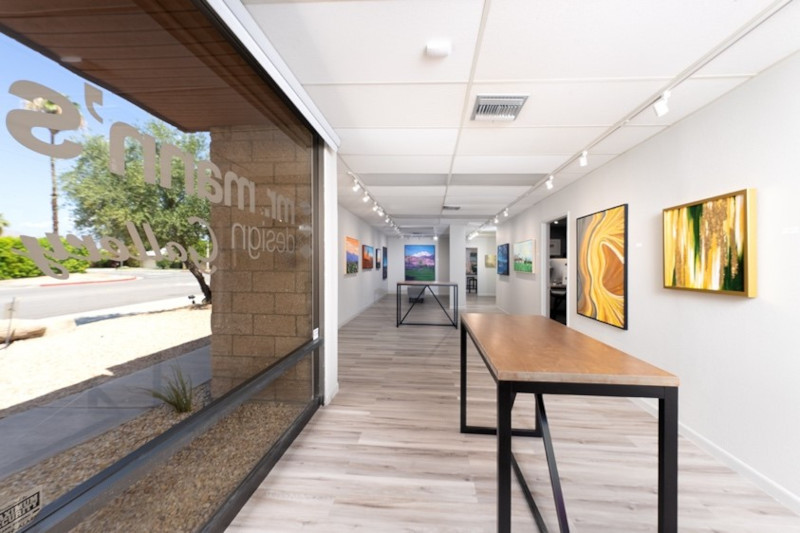
Have you ever collaborated with other artists? Who would you like to collaborate with and why?
I think it’s important to support the local community and other artists. Incubator 1 and Incubator 2 galleries within the main gallery were designed to give other up-and-coming artists the space to highlight their work. We don’t charge commission for these new artists, and hope the exposure allows them to have a vehicle for greater success. We hosted an amazing photographer Jeanne Scott with her exquisite photographs. The opening drew about 200 people for my and her artwork. She did phenomenally well. So did we, and we were able to bring new people into the gallery who may not have known about us before.
We have another artist coming in November 2022 for Palm Springs Pride with his nude etchings. I can wait to see his finished product and the buzz it will generate.
Although we don’t charge commission, we do expect the artist has a following, particularly on social media. We have connected with several artists through social media who, based on their profile, think would complement the gallery very well.
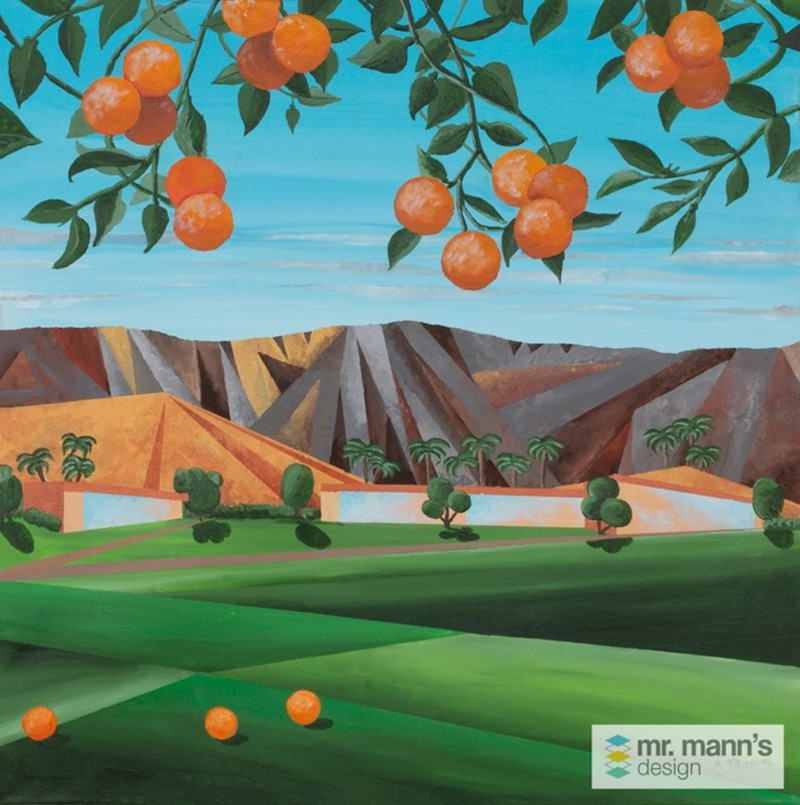
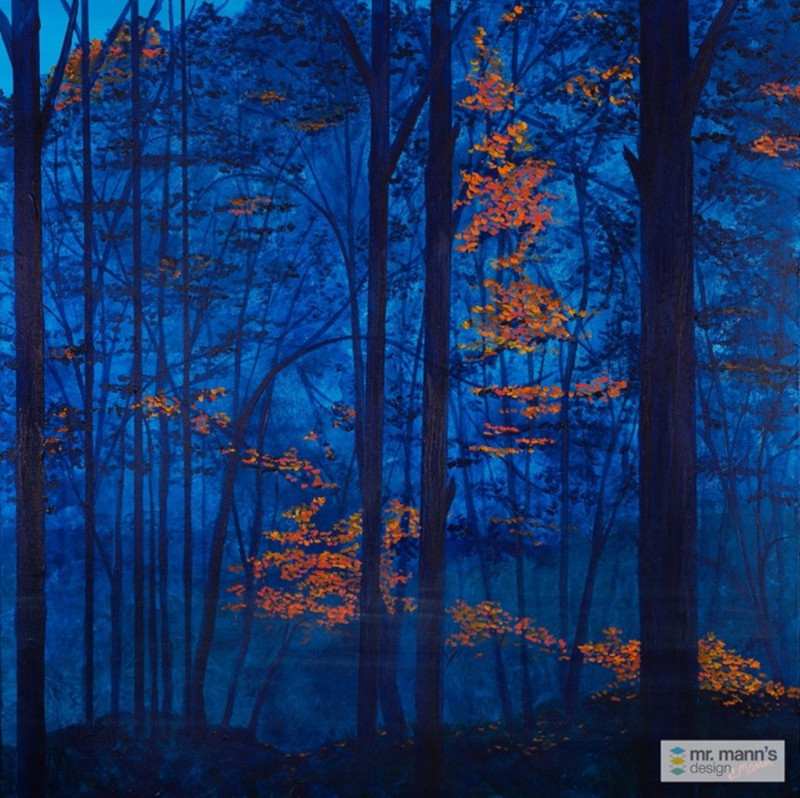
What are you currently working on?
Wow exciting things ahead! The current dual exhibit ‘Color Burst’ and ‘Earth Bound’ is doing very well. It’s very hot in the desert right now, so people usually escape, but our patrons and collectors have given us rave reviews, plus sales to match.
I am looking to expand our footprint to other locations which we are scouting now.
I’m still at work for a commissioned piece which will be the largest I’ve done so far. It’s an abstract with multiple layers in black, grey, and white. And it’s part of an interior design project based on the painting.
I think I’ll end up with two showings per year. I’m thinking about the next one, which will be about ‘faces’.
I’m excited to showcase a new artist in the Incubator1 gallery-within-the-gallery in time for Pride week with his nude sketchings. It will be provocative!
We’ve been asked to participate in important events. I’ve been invited to show my work at the Rancho Mirage Festival of Art in November 2022 which was limited to a few artists. And I’m most happy to be interviewed by Art Squat for their latest edition!
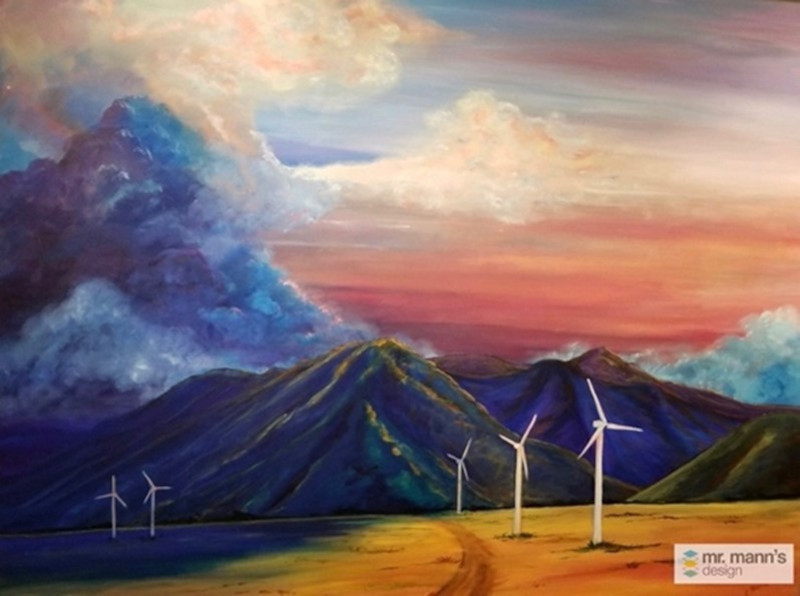
|
|

